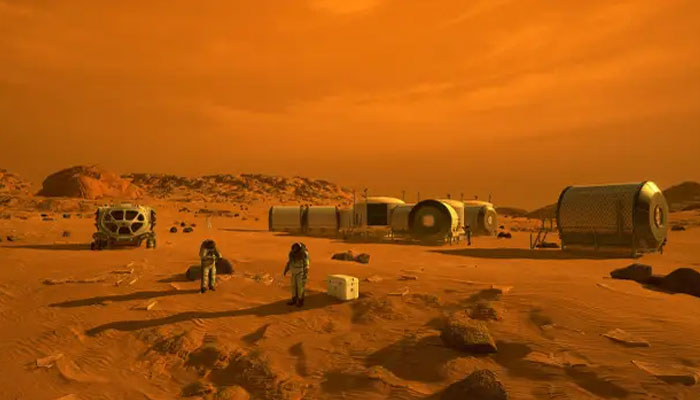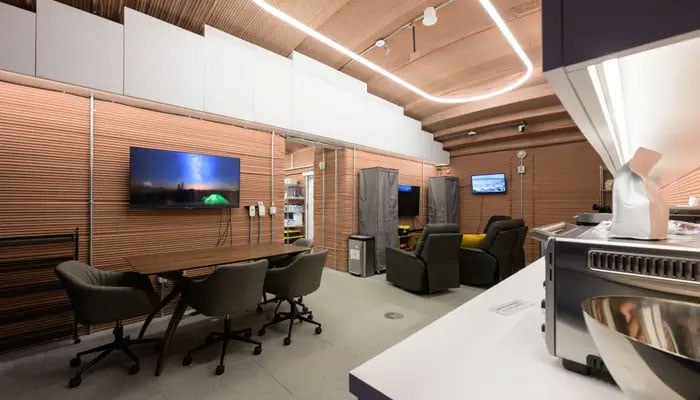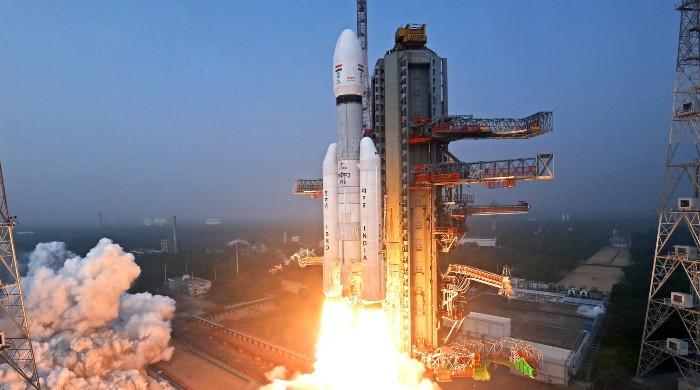Nasa seeks volunteer applications for paid, year-long simulated Mars mission
First volunteer crew entered habitat in June 2023, sharing their experience through images on Mars analogue
February 18, 2024

If you are willing to be trapped in a simulated Martian environment for a year, you better contact the National Aeronautics and Space Administration (Nasa).
According to Gizmodo, the United States space agency is now accepting volunteer applications for the second edition of the Crew Health and Performance Exploration Analog (CHAPEA) and is willing to pay them for the mission scheduled for spring 2025.
CHAPEA is designed to monitor the crew’s performance throughout the year to help understand the physical and mental challenges that real astronauts may experience on Mars.
The study is part of Nasa’s preparation for human exploration of Mars by constructing a 3D-printed 1,700-square-foot habitat called Mars Dune Alpha at Johnson Space Centre in Houston, Texas.
The habitat, which includes a kitchen, two bathrooms, private bedrooms, a work area, and a recreational area, will house a four-person crew.

A healthy, motivated, non-smoking US citizen or permanent resident aged 30-55 may be eligible for the program.
They must have either a master's degree in a Science, technology, engineering, and mathematics (STEM) field, two years of professional experience, or 1,000 hours of piloting experience.
If you plan to apply for the program, hurry because the deadline is April 2.
Remember that it is far from a vacation as the four volunteers will perform tasks akin to a Mars mission, including simulated spacewalks, robotic operations, habitat maintenance, personal hygiene, exercise, and crop growth.
They will also face a Mars-realistic communication delay of up to 22 minutes with ground control.
The first volunteer crew entered the habitat in June 2023, sharing their experience through images on a Mars analogue.
Researchers aim to establish a long-term human presence on Mars, considering potential impacts on physical and mental health. A recent study suggests that 22 people may be needed to maintain a colony, and inhabitants should have agreeable personalities for better survival.
Nasa wants to carry out three ground-based Mars analogue missions in total. So if you’re not ready to get cosy with three strangers on another planet just yet, there’s always next time.









